The second audio interstage was open. It had leaked quite a bit of the potting material - bee's wax - all over the place. The other transformers had leaked a bit of wax as well. Since the parts of the transformer housing are held together with 2 pins the seal is poor enough to allow leakage especially if the radio is stored in a warm environment. Cleaning off all of the hardened, sticky wax was the biggest task in restoring the chassis - well - and fixing the open 2nd audio - below.
This really wasn't necessary unless the chassis was going to be handled roughly. Possibly in shipping? Which would also lead one to believe that this was a pre-delivery addition by the builder.
Soldering joints, though corroded, are good and no buss wire broke free in transit.
A couple of notes:
Hand capacitance is an issue in tuning. The tuning caps could use some more shielding. The big, brass dial of the Apex vernier is electrically connected to the rotor so it probably makes this worse than when a plastic dial (knob) is used.
The little switch (knob) on the lower left enables the user to select either one or both stages of audio amplification - using 6 tubes or 7 tubes total. Using the 2nd audio while tuning has some advantages and tone is better (this may be somewhat related to the new audio trans installed in the interstage), But the audio level is adequate using only the first audio stage.
When the radio is "tuned" for the most conservative use of the batteries = lowest A voltage, the oscillator can stop. Turning up the A voltage will prevent this but run the tube filaments hotter.


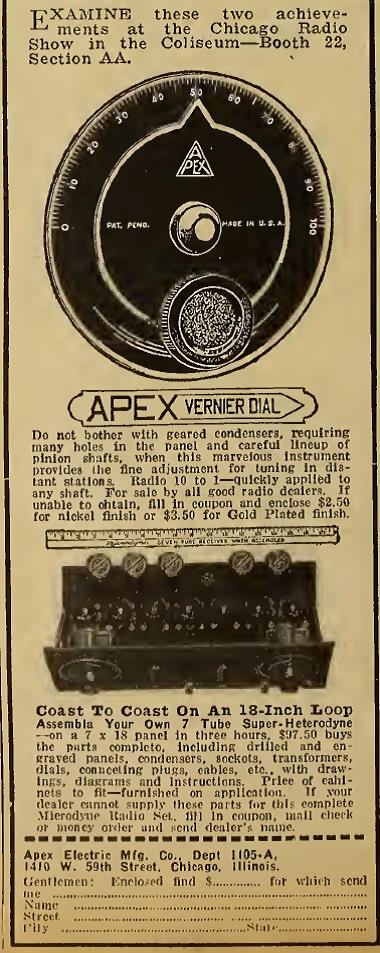
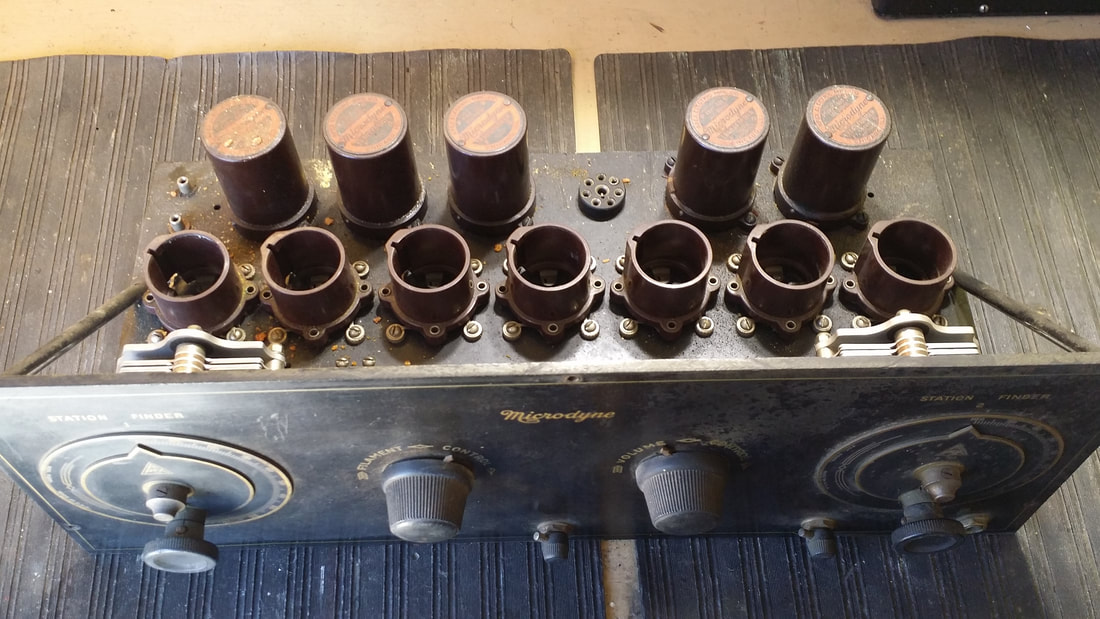

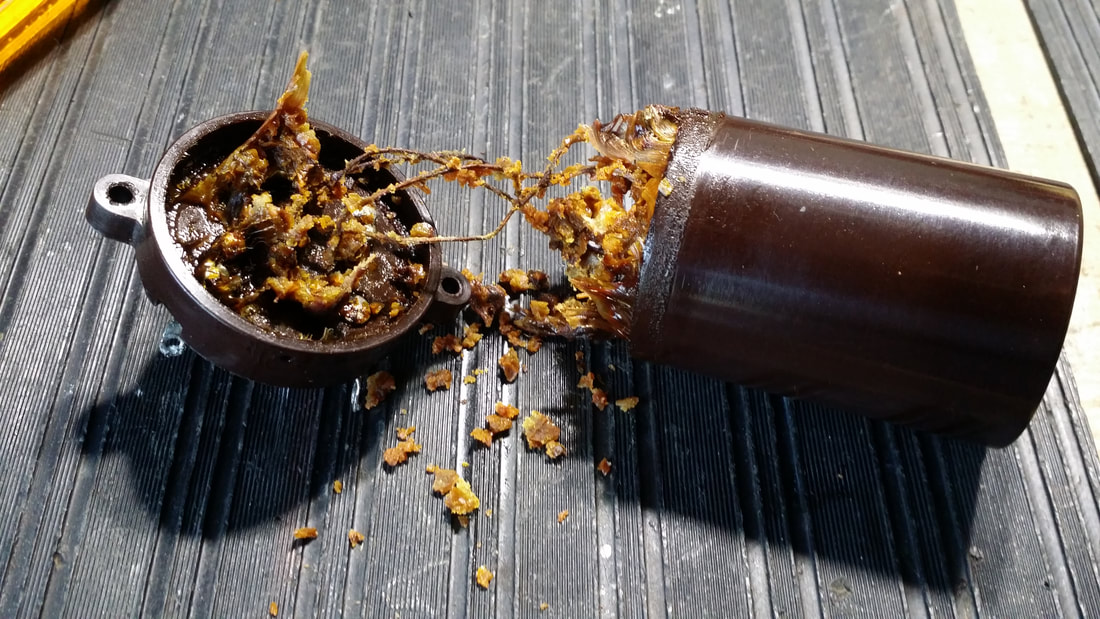


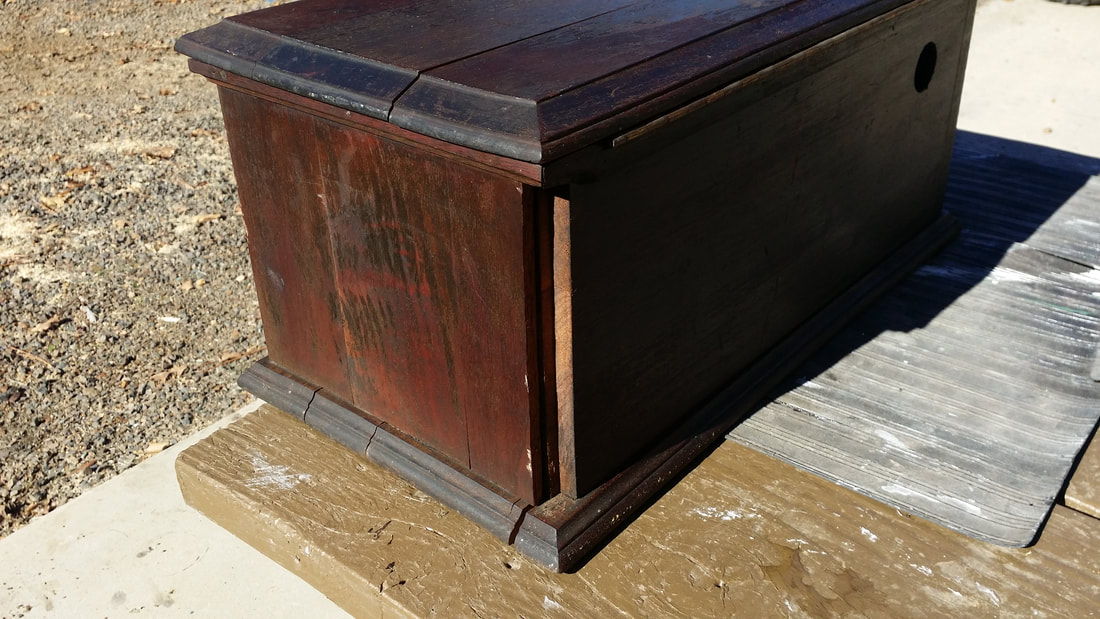

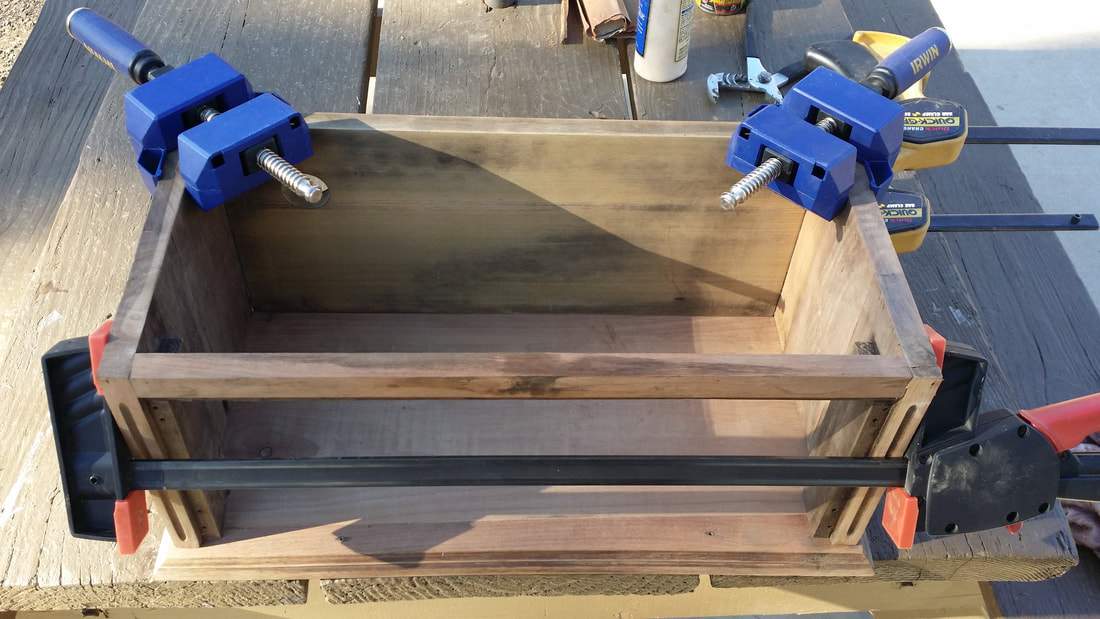


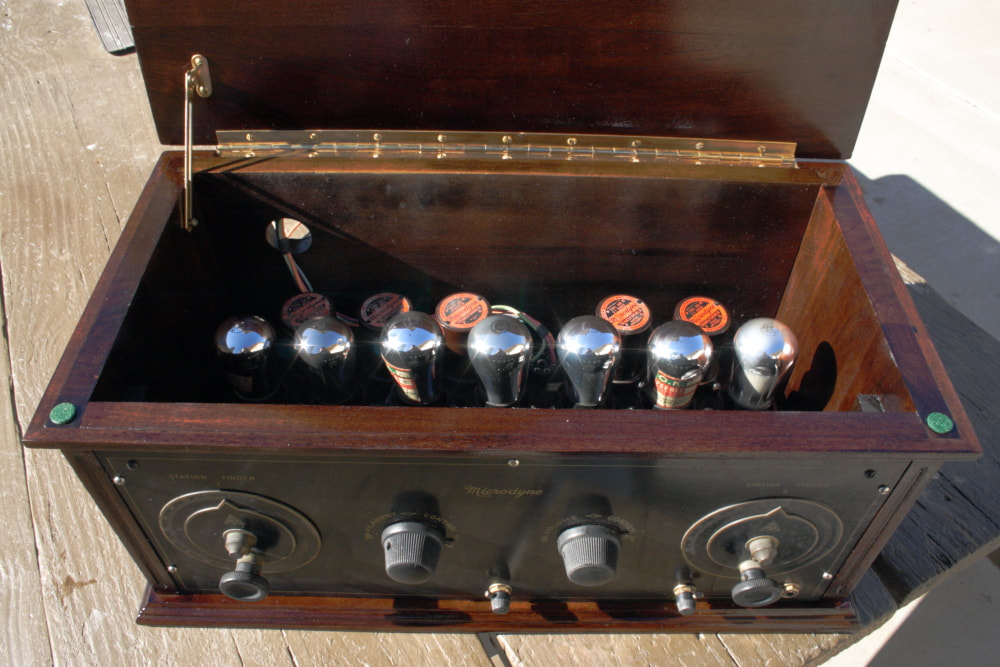



 RSS Feed
RSS Feed